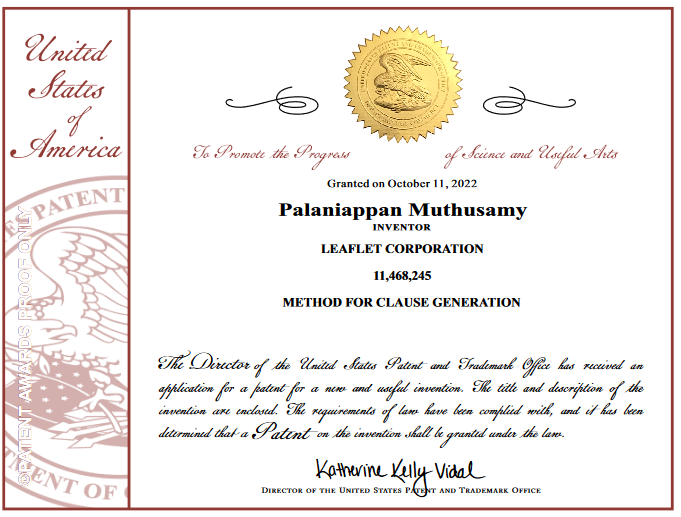Let’s talk about Document Automation vs. Document Assembly. First, what do we mean when we say assemble or automate?
Assembly is defined as:
To fit together the separate component parts of (a machine or other object).
Automation is defined as:
To convert (a process or facility) to largely automatic operation.
Now that the definitions are out of the way. Let’s exam the distinction between the assembly process, and the automation process.
Document Assembly Machines
Document Assembly is the process of taking separate pieces of a document (for example: parties, contact information, pricing, and timing) and combining them to generate a complete document. Assembly allows user to determine which parts they wish to use during generation. Put simply, assembly allows a user to identify changeable parts in a document (variables) and create fields that allow end users to determine the content of those variables.
Document Automation Platforms
Document Automation is the process of converting a document to a largely automatic operation. Like assembly, automation starts by identifying variables and creating fields for user input, however, where assembly ends with user input, automation continues. The next stage in automation is determining whether information that drives document generation is already available in the system. If so, there is no reason for user input to that variable. Even when user input is required to drive generation, Automation continues.
The Document Life Cycle
A document’s life only begins with generation. Documents are purpose driven instruments. Automation continues beyond generation toward the completion of that purpose.
Let’s start by breaking down the Document Lifecycle.






